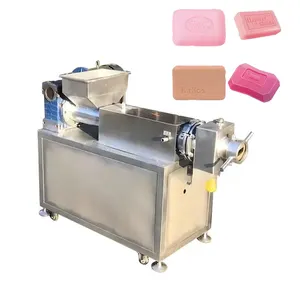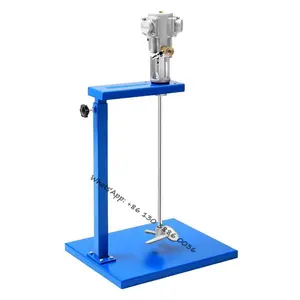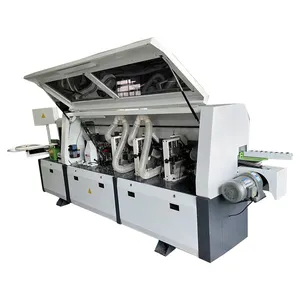Popular in your industry













































































Related Searches:























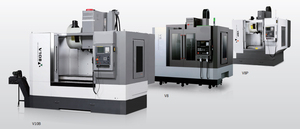

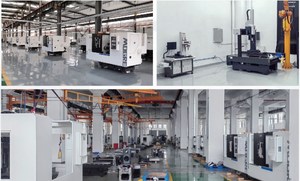
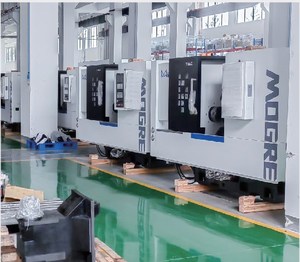












































































































Top categories
About lathe machine gear
A lathe machine gear is an essential component in a lathe machine that plays a crucial role in transmitting motion and power. It is a toothed wheel or cylinder that meshes with other gears to provide mechanical advantage and control the speed and direction of the lathe's spindle or lead screw. These gears are commonly made of hardened steel to withstand the stresses of machining operations. In a lathe machine, gears are used for various purposes, such as changing spindle speeds, engaging different feeds, and enabling thread cutting. Gears in a lathe machine are meticulously designed to ensure smooth operation, precise control, and efficient power transmission.
Types of Lathe Machine Gears
There are several types of lathe gears, each serving a specific function in a lathe machine. Spindle gears are used to transmit power from the lathe's motor to the spindle, allowing for the rotation of the workpiece. These gears are crucial for achieving different spindle speeds, ensuring versatility in machining operations. In contrast, lead screw gears are responsible for moving the carriage along the lathe's bed. This translates rotary motion into linear motion, enabling precise longitudinal and crosswise movements during turning and threading processes. The feed rod gears control the feeds of the cutting tool, determining the rate at which material is removed from the workpiece. These gears contribute to achieving smooth and consistent cutting operations. Additionally, thread-cutting gears play a specific role in generating threads on the workpiece. By engaging these gears, the lathe can create precise threads of various pitches, making it a versatile machine for producing threaded components. It is worth noting that modern lathe machines may incorporate electronic controls and variable frequency drives to adjust spindle speeds and feed rates, reducing the reliance on traditional gears while enhancing operational flexibility and efficiency.
Advantages of Using Lathe Machine Gears
All gear lathe machines offer several advantages in machining applications. One of the key benefits is their ability to provide a wide range of spindle speeds, allowing operators to select the optimal speed for different materials, cutting tools, and machining processes. This flexibility is crucial for achieving high-quality surface finishes, efficient material removal, and extended tool life. Moreover, gear lathe machines enable precise control over feed rates, crucial for achieving dimensional accuracy and consistent results in turning, facing, and threading operations. The availability of various feeds enhances the machine's adaptability to different workpiece materials and cutting requirements. Additionally, the capability of gear-driven machines to generate threads of precise pitches is a significant advantage in producing threaded components with tight tolerances. They ensure uniform thread profiles and pitch accuracy, critical for applications where threaded parts must fit and function seamlessly. Furthermore, the robustness of lathe machine gears, often constructed from durable materials like hardened steel, contributes to the overall stability and longevity of the machine. This durability is essential in withstanding the demands of regular machining operations and maintaining the machine's performance over time. The precise and reliable performance of gear-driven lathes translates into enhanced productivity, operational efficiency, and the ability to meet diverse machining challenges with consistency and accuracy.

